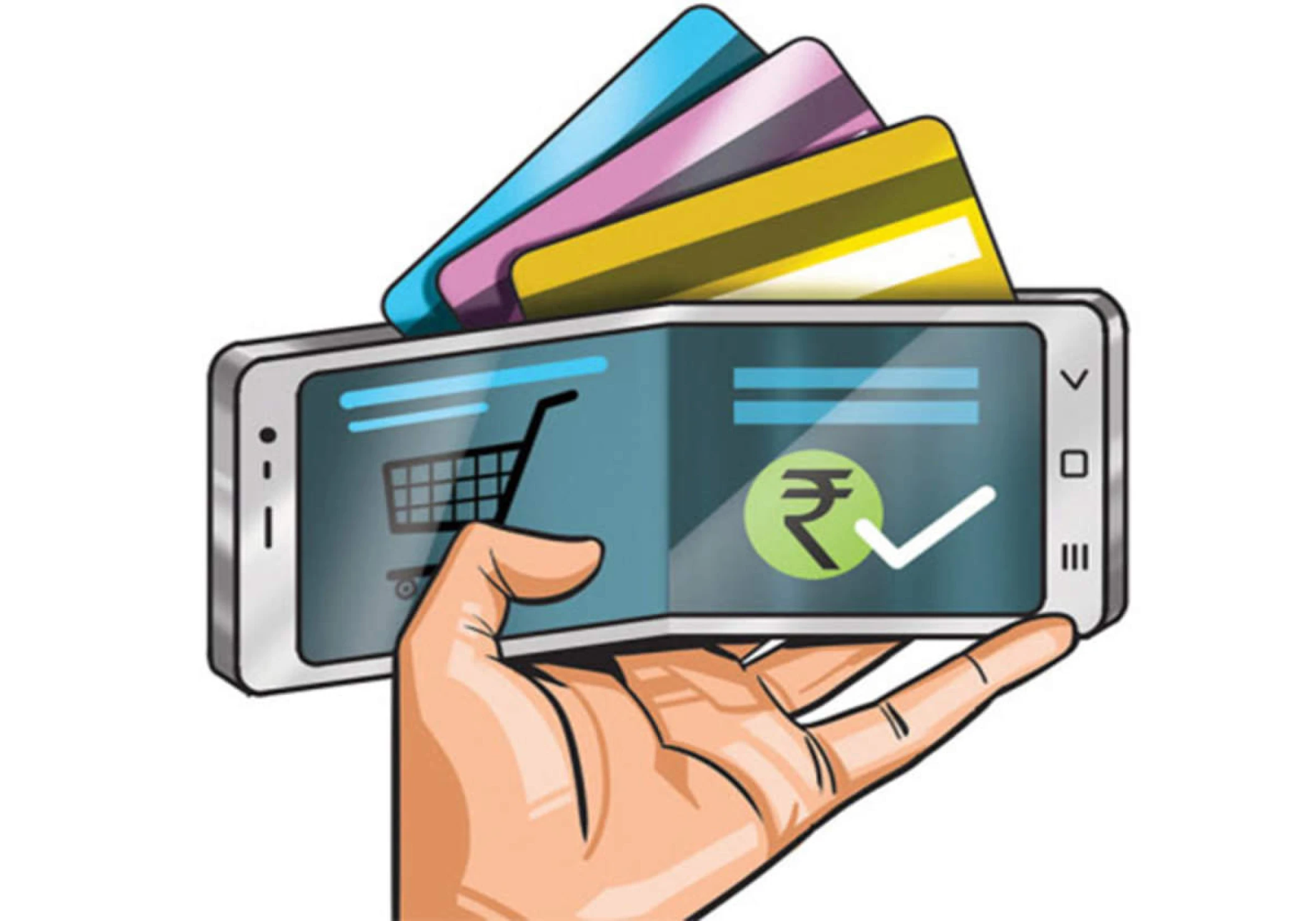Explore the World of Digital Wallets: Key Facts, Benefits, and Usage Tips
In the era of fast-paced financial transactions and contactless living, digital wallets have emerged as an essential tool for consumers and businesses alike. As we move closer to a cashless society, understanding the mechanics, advantages, and optimal usage of digital wallets is vital for staying ahead. In this article, we explore everything you need to know about digital wallets - from core functionalities to safety tips and usage strategies - so you can make the most of this revolutionary technology.
What Is a Digital Wallet?
A digital wallet, also known as an e-wallet, is a software-based system that securely stores users’ payment information and passwords. These platforms allow users to make payments electronically through smartphones, tablets, or computers—bypassing the need for physical cards or cash.
Popular digital wallets include Apple Pay, Google Wallet, Samsung Pay, PayPal, and Venmo, each offering various features tailored to different user needs.

How Do Digital Wallets Work?
Digital wallets function through encryption and tokenization technologies. When a user initiates a payment, the wallet encrypts the payment details and replaces them with a token, protecting the sensitive data from potential breaches.
Most digital wallets are compatible with NFC (Near-Field Communication) or QR codes, enabling fast and secure contactless transactions. Whether online or in-store, a digital wallet integrates seamlessly into the checkout process, eliminating friction and enhancing convenience.
Types of Digital Wallets
Understanding the different types of digital wallets can help you select the one best suited to your lifestyle:
Closed Wallets
Issued by specific companies, closed wallets can only be used for transactions with that issuer. For instance, Amazon Pay allows users to store funds and pay exclusively within Amazon’s ecosystem.
Semi-Closed Wallets
These wallets, such as Paytm or PhonePe, allow payments to multiple merchants provided there’s a contract between the wallet provider and the merchant.
Open Wallets
Typically issued by banks or in partnership with financial institutions, open wallets like Apple Pay or Google Pay allow for a broad range of transactions, including ATM withdrawals and P2P transfers.
Key Benefits of Using Digital Wallets
Enhanced Security
Digital wallets offer multi-layered security, including fingerprint authentication, two-factor verification, and encryption. This drastically reduces the risk of fraud or unauthorized access.
Faster Transactions
Gone are the days of swiping cards or counting change. Digital wallets enable one-tap checkouts, streamlining both online and in-store purchases.
Convenient and Portable
You can carry multiple payment methods, loyalty cards, and even IDs—all within your smartphone. This all-in-one solution simplifies your financial management.
Contactless Experience
Amid global health concerns, digital wallets support contactless payments, reducing the need for physical interaction with payment terminals.
Expense Tracking
Many digital wallets come with built-in budgeting and transaction history tools, helping users to track and manage spending efficiently.
Exclusive Discounts and Rewards
Users often gain access to cashbacks, promo codes, and loyalty programs when using digital wallets, adding an incentive for adoption.
Top Use Cases for Digital Wallets
Digital wallets are more than just a payment tool. Here’s how they are being used across various sectors:
Retail Shopping: Seamless checkouts and loyalty program integrations.
Online Subscriptions: Netflix, Spotify, and other recurring services accept digital wallet payments.
Travel and Transport: Book flights, train tickets, or ride-sharing services like Uber.
Bill Payments: Utility bills, phone recharges, and insurance premiums.
Peer-to-Peer Transfers: Instantly send or receive money from friends and family.
Security Tips for Digital Wallet Users
Even with robust protection mechanisms, it’s essential to follow best practices:
Enable Two-Factor Authentication
Always opt for 2FA to add an extra layer of protection against unauthorized access.
Use Strong Passwords
Create complex, unique passwords and update them regularly.
Monitor Transactions
Regularly check your transaction history to catch suspicious activity early.
Avoid Public Wi-Fi
Avoid making digital wallet payments over unsecured public networks.
Keep Your Device Updated
Ensure your operating system and wallet app are updated with the latest security patches.
Lock Your Device
Enable biometric locks such as Face ID or fingerprint recognition to prevent unauthorized access.
Tips to Maximize Digital Wallet Benefits
To get the most out of your digital wallet, follow these smart usage strategies:
Link Multiple Cards
Add both debit and credit cards to increase payment flexibility and reward opportunities.
Set Spending Limits
Control your budget by setting daily or monthly spending caps through wallet settings.
Sync with Other Apps
Integrate your digital wallet with personal finance apps for centralized budgeting and analytics.
Utilize Loyalty Programs
Enroll in programs that offer cashback and reward points through wallet use.
Backup Your Wallet
In case of device loss, use cloud backup or recovery options offered by your wallet provider.
The Future of Digital Wallets
With rapid fintech innovations, digital wallets are evolving to support cryptocurrency, biometric authentication, and AI-based financial planning. Emerging trends include:
Voice-activated payments via digital assistants.
Blockchain integration for decentralized security.
Cross-border payment capabilities for global commerce.
Smart wearables acting as wallet devices.
Governments and financial institutions are also exploring central bank digital currencies (CBDCs), which will likely be integrated into future digital wallet ecosystems.
Are Digital Wallets Right for You?
If you value speed, convenience, and security, digital wallets offer unmatched advantages. Whether you're a busy professional, frequent traveler, or e-commerce enthusiast, the flexibility and safety of digital wallets can significantly enhance your financial experience.
The key is choosing the right digital wallet tailored to your transaction habits, supported platforms, and preferred payment methods.
Conclusion
The rise of digital wallets signifies a shift toward smarter, safer, and faster financial transactions. With advanced features, secure environments, and increasing acceptance across merchants and platforms, adopting a digital wallet is no longer optional—it’s essential.
Stay informed, secure your transactions, and leverage the full potential of digital wallets to streamline your financial life.